Artful memory-keeping ideas from the world of sketch journaling
Have you ever thought of keeping a sketch journal? If the idea piques your interest, then Samantha Dion Baker's new book is a must-read. If you've never even heard of a sketch journal—but think that adding some colorful visuals to your handwritten journal might be a fun new idea—then this book is a great read for you, as well.
Draw Your World: How to Sketch and Paint Your Remarkable Life is filled with vibrant pages from the author's own art journals (inspiration in its own right) coupled with reflections on how her journal-keeping journey has evolved over time. Better yet: Baker offers up specific journaling prompts to help you put pencils and paintbrushes to paper.
Sketch-journaling as memory-keeping
"My entire art-making practice has evolved into a memory-tracking practice,” the Brooklyn–based mom and artist writes. Indeed, she sketches everything in her always-at-hand journals, from her morning coffee and the dog sitting across from her while she drinks it to a fabulous bag spotted on the subway during her commute. Why record the seemingly mundane? Well, paying attention to the present so acutely is a form of meditation, Baker has said; and from my perspective, honoring our daily routines—how we live the bulk of our lives—is equally as important as capturing milestone moments such as birthdays and graduations.
"A sad day, a happy day, a milestone day, a holiday, a sick day—all of these days are filled with tiny moments that, when drawn or written about, will help transport me back,” Baker wrote in her first book, Draw Your Day. "It is fun for me to capture the life of a working mom living in New York City by writing down all of the things I manage to do in one day. " These drawing can invoke sense memories later on—when you look back at that lip gloss you used every day for two years, you'll not only remember the color but the smell and feel of it, too.
Art-inspired ideas for capturing the memories that matter most to you
Samantha Dion Baker is all about honoring the present and the past. In addition to the “bits of the ordinary” that she includes on most every journal page, she suggests striving to capture ideas and emotions. And while, certainly, she provides specific technical advice and tips for what tools you'll need to begin a sketch journaling practice, she stresses that anyone—even a non-artist—can undertake to capture memories through art. “Drawing your world is accessible to anyone compelled to translate the outside world onto a flat surface,” she writes.
The full pages shown from her travel journals in Draw Your World are especially inspiring, as they weave together written observations, sketched remembrances, and tiny details that create such a vibrant and emotional picture of days spent in places from Iceland to Brooklyn. “When we travel,” Baker writes, “my practice becomes more of a family affair, and the artwork and recorded memories in my journal are a gift to all of us as we look at them later on, bringing us back to those precious moments.”
I love her idea of gluing hotel envelopes from family trips right into your sketch journal and stashing receipts, ticket stubs, and other vacation ephemera in there (scrapbook inspired, for sure, but what a surprise when discovering that dimensional element within a two-dimensional journal!).
A few other prompts that I think are relevant for memory-keepers of all kinds:
Present-tense, or ongoing:
every year on your child's birthday, draw a portrait of them (if that's too intimidating, draw some of their favorite things or quote something they've said that year)
celebrate a lost loved one through art
draw souvenirs or scenes from your vacations
Past-tense, or reflective:
"Think back to your happiest moments, jot them down in a notebook, and then create abstract paintings titled as those memories,” Baker suggests.
If your recall your first car, draw it (you can search online for reference photos if you don't have a picture of your own), then—my favorite part!—“record any adventures and road trips you remember in it."
What other ideas come to mind for you? A fair number of family history interview prompts could easily translate into sketch journaling ideas—consider drawing your grandmother in the kitchen, or painting the pie she made for you as a child that never failed to bring a smile; or sketch out what you wore—and carried in your bag—on the first day at a big new job. The possibilities are endless!
Get inspired by Samantha Dion Baker:
Follow her Instagram feed, where she shares vibrant pages and sketches from her journals.
Buy her first book, Draw Your Day: An Inspiring Guide to Keeping a Sketch Journal, for an introduction to art journaling and inspiration to pay attention: “Let the small pages of your sketch journal become a personal lens, a way to organize and creatively make sense of the world around you.”
Pick up a copy of her most recent book, Draw Your World: How to Sketch and Paint Your Remarkable Life, for a more expansive way to approach your sketch journaling (and to see how the author’s personal pages have evolved over time).
Up next for the artist and author: Draw Your Day for Kids! This book will include sketch pages for young readers to record their memories and feelings, and will become an original keepsake as they grow up (oh, how I love THAT!).
Note: This is an unsolicited review of a book I purchased at full price. I did not receive any compensation or free products in exchange, and any endorsements within this post are my own.
Affiliate disclosure: As an Amazon Associate, we may earn commissions from qualifying purchases from Amazon.com.

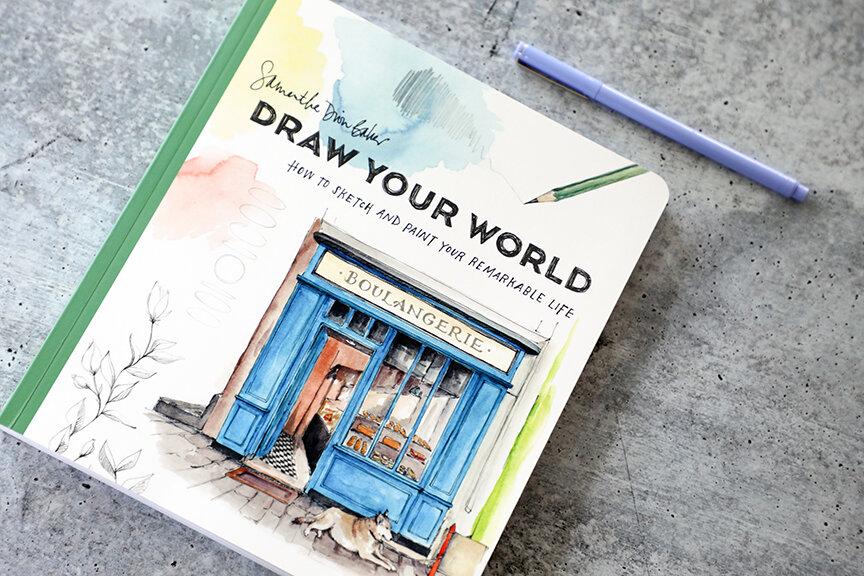



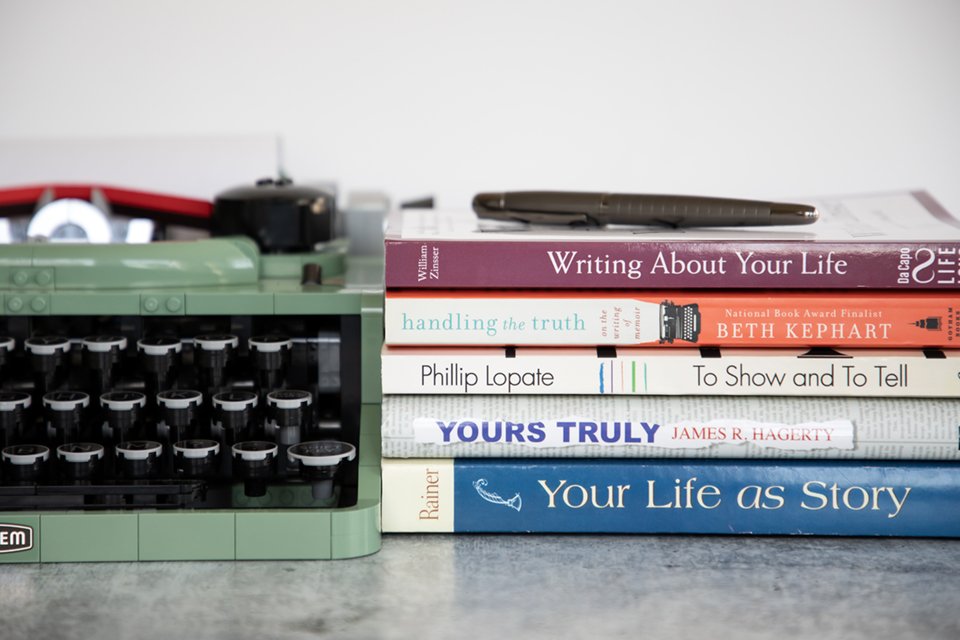





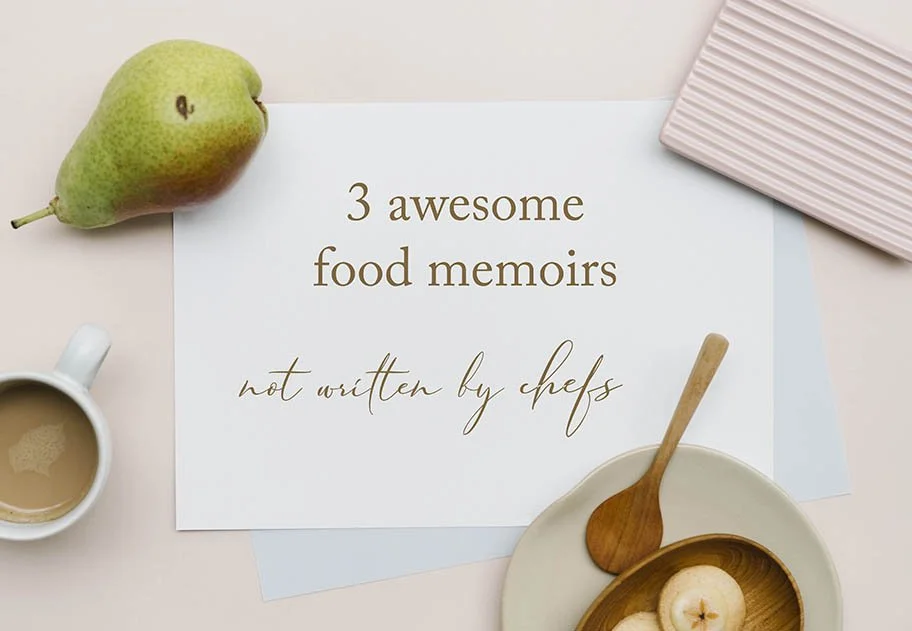


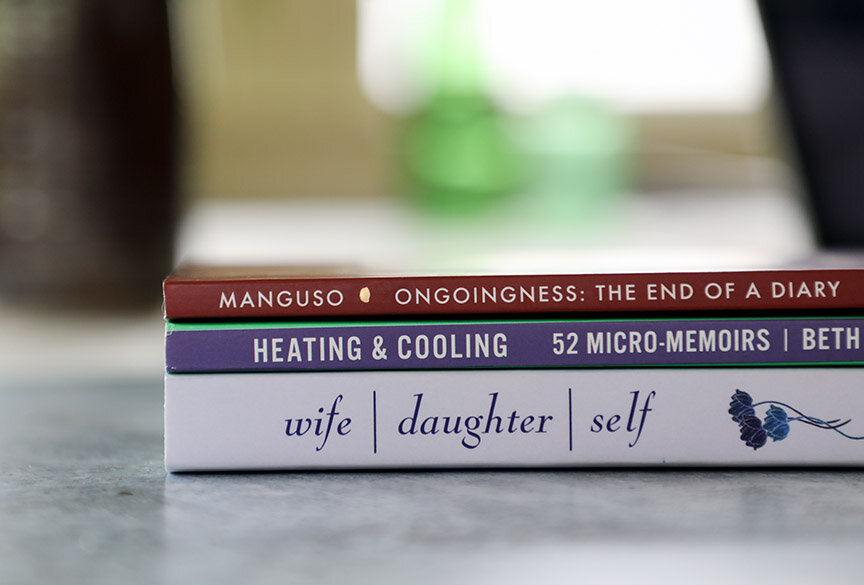




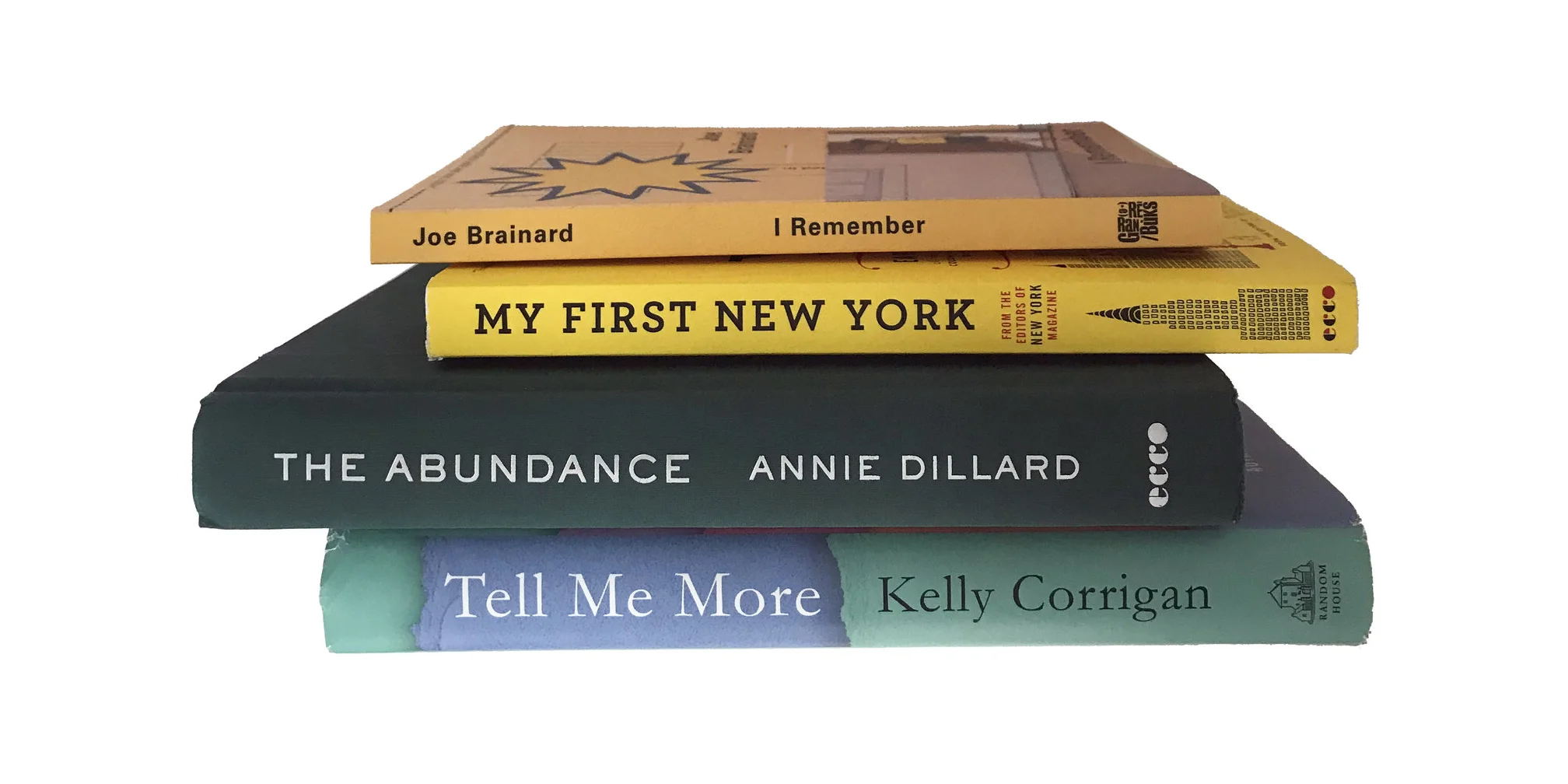





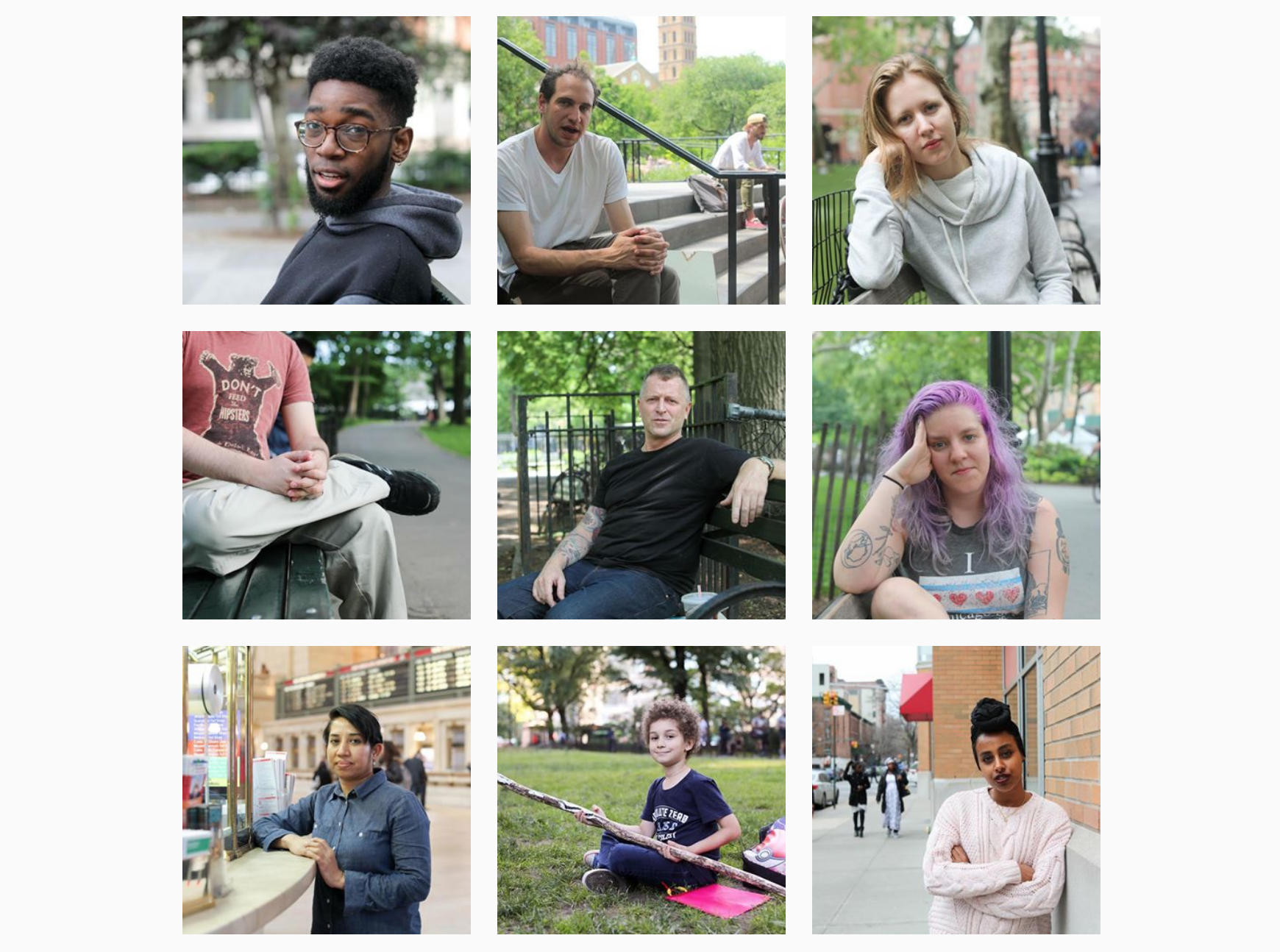





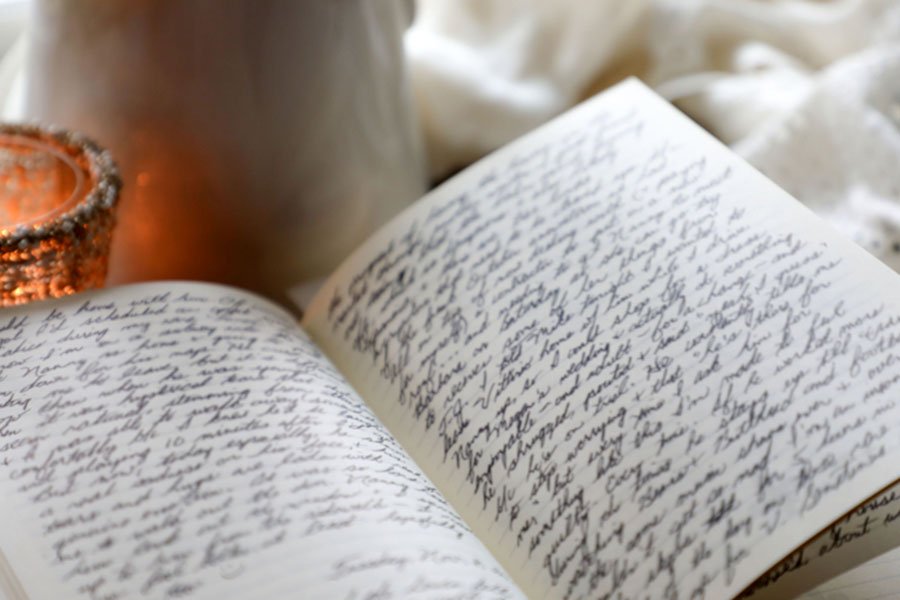

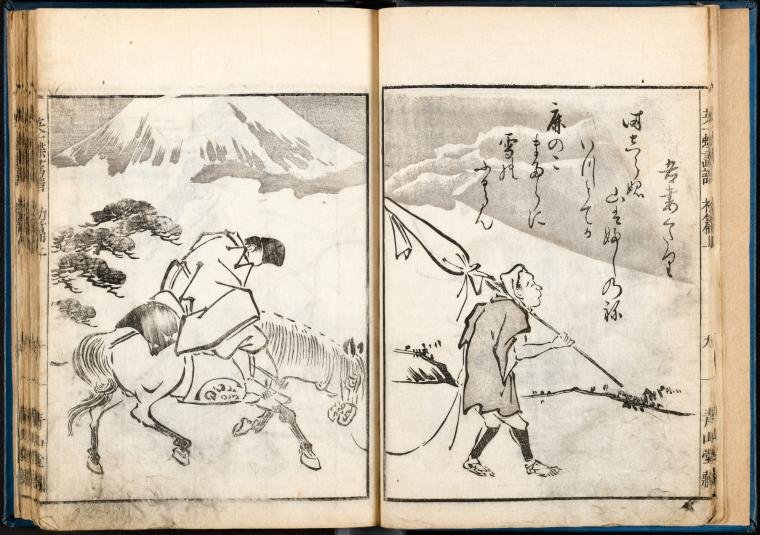

Looking for a meaningful gift for your parents? An annual subscription to our Write Your Life memory and writing prompts may be just the thing—or, maybe not.